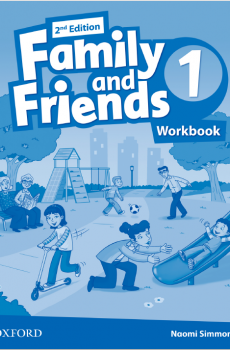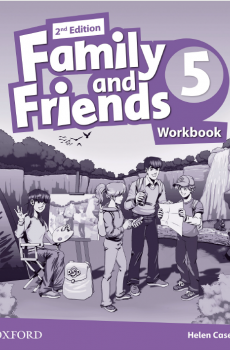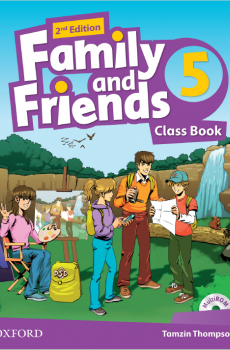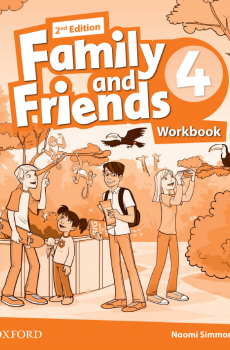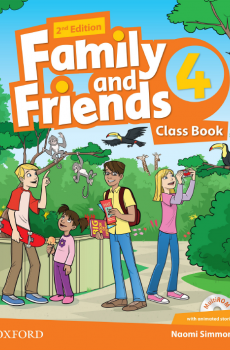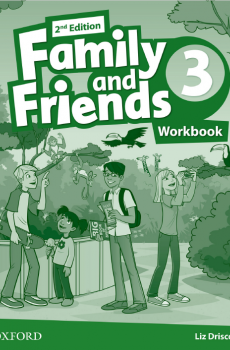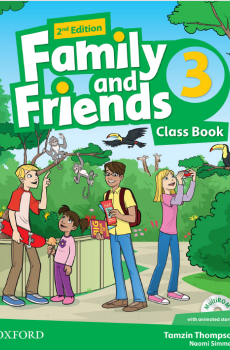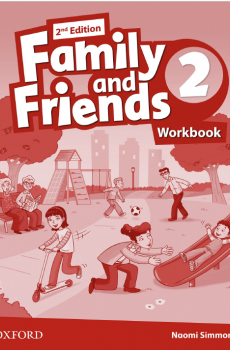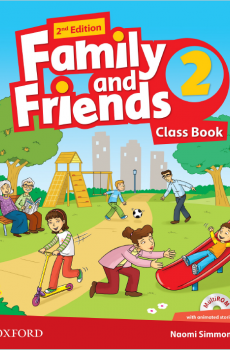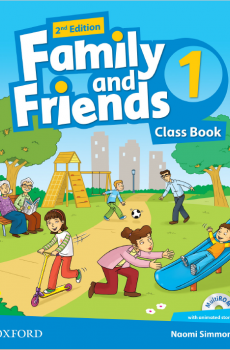The Elson Readers, Book 5
The Elson Readers, Book 5
Log in to download this book.
| Publisher | unknown |
|---|---|
| Accessible book producer | Public domain |
| Published year | 2005 |
| Coppy right | Chưa rõ |
*** START OF THE PROJECT GUTENBERG EBOOK THE ELSON READERS, BOOK 5 ***
Produced by Mike Pullen.
THE ELSON READERS
BOOK FIVE
WILLIAM H. ELSON AND CHRISTINE M. KECK
PREFACE
This book is based on the belief that an efficient reader for the fifth grade must score high when tested on five fundamental features: quality of literature; variety of literature; organization of literature; quantity of literature; and definite helps sufficient to make the text a genuine tool for classroom use.
Quality Literature:
First among these features is the essential that the foundation of the book must be the acknowledged masterpieces of American and British authors. American boys and girls may be depended upon to read current magazines and newspapers, but if they are ever to have their taste and judgment of literary values enriched by familiarity with the classics of our literature, the schools must provide the opportunity. This ideal does not mean the exclusion of well established present-day writers, but it does mean that the core of the school reader should be the rich literary heritage that has won recognition for its enduring value. Moreover, these masterpieces must come to the pupil in complete units, not in mere excerpts or garbled "cross-sections"; for the pupil in his school life should gain some real literary possessions.
A study of the contents of The Elson Readers, Book Five, will show how consistently its authors have based the book on this sound test of quality. The works of the acknowledged "makers" of our literature have been abundantly drawn upon to furnish a foundation of great stories and poems, gripping in interest and well within the powers of child-appreciation in this grade.
Variety of Literature:
Variety is fundamental to a well-rounded course of reading. If the school reader is to provide for all the purposes that a collection of literature for this grade should serve, it must contain material covering at least the following types: (1) literature representing both British and American authors; (2) some of the best modern poetry and prose as well as the literature of the past; (3) important race stories—great epics—and world-stories of adventure; (4) patriotic literature, rich in ideals of home and country, loyalty and service, thrift, cooperation, and citizenship—ideals of which American children gained, during the World War, a new conception that the school reader should perpetuate; (5) literature suited to festival occasions, particularly those celebrated in the schools: Armistice Day, Thanksgiving Day, Christmas, Arbor Day and Bird Day, anniversaries of the birthdays of Lincoln and Washington, as well as of Longfellow and other great American authors; (6) literature of the seasons, Nature, and out-of-door life; (7) literature of humor that will enliven the reading and cultivate the power to discriminate between wholesome humor—an essential part of life—and crude humor, so prevalent in the pupil's outside reading; (8) adventure stories both imaginative and real; (9) literature suited to dramatization, providing real project material.
This book offers a well-rounded course of reading covering all the types mentioned above. Especially by means of groups of stories and poems that portray love of home and its festivals, love of our free country and its flag, and unselfish service to others, this book makes a stirring appeal to good citizenship. Moreover, it will be noted that wholesome ethical ideals pervade the literature throughout.
Organization of Literature:
The literature of a school reader, if it is to do effective work, must be purposefully organized. Sound organization groups into related units the various selections that center about a common theme. This arrangement enables the pupil to see the larger dominant ideas of the book as a whole, instead of looking upon it as a confused scrapbook of miscellaneous selections. Such arrangement also fosters literary comparison by bringing together selections having a common theme or authorship.
This book has been so organized as to fulfill these purposes. There are three main Parts, each distinguished by unity of theme or authorship. Part I, leading from a wholesome appreciation of Nature, particularly in its American setting, centers mainly about the important themes of patriotism, service, and good citizenship; Part II introduces some of the great tales that typify our love of stirring deeds; Part III presents some of our greatest American authors at sufficient length to make them stand out to the pupil. Through these grouped selections, together with the accompanying biographies, pupils may come to be familiar with and love some of the great company of writers that have made the name of America known in the world of literature.
Attention is called to three special features that keep the dominant theme of each Part clearly in the foreground: (1) "A Forward Look" and "A Backward Look" for each main division and important subdivisions emphasize the larger theme, and show how each selection contributes to the group-idea (see pages 19, 56, etc.); (2) the Notes and Questions frequently call the pupil's attention to the relation the selection bears to the main thought (see pages 39, 75, etc.); (3) the three main divisions, and the subordinate groups within each main unit, are made to stand out clearly by illustrations that typify the theme (see pages 18, 21, etc.) and by topical headings that enable the pupil to visualize the group-units. By these three means the organization of the book is emphasized, and fundamental ideals are kept dominant.
Quality of Literature:
Obviously, a book that is to supply the pupil with a year's course in literature must be a generous volume. Variety is impossible without quantity, especially where literary wholes rather than mere fragmentary excerpts are offered. Particularly is this true when complete units are included not only for intensive study, but also for extensive reading—longer units, of the so-called "paper classics" type, to be read mainly for the story-element. In bulk such units should be as large as the pupil can control readily in rapid silent reading, a kind of reading that increases the power to enjoy with intelligence a magazine or a book.
The Elson Readers, Book Five, is a generous volume in provision for these needs. Its inclusiveness makes possible a proper balance between prose and poetry, between long and short selections, and between material for intensive and extensive reading.
Definite Helps:
If the pupil is to gain the full benefit from his reading, certain definite helps must be provided. An efficient reader must score a high test not only on the fundamentals of quality, variety, organization and quantity of literature, but also on its fitness as a tool for classroom use. The effectiveness of this Reader as such a tool may be indicated by the following distinguishing features:
(1) A distinctive introduction, "The Crystal Glass" (see page 13), gives the pupil an illuminating interpretation of the organization and literary content of the volume.
(2) Definite suggestions for developing speed and concentration in silent reading. (See pages 21, 30, 34, 163, etc.)
(3) A comprehensive Glossary (pages 399-418) contains the words and phrases that offer valuable vocabulary training, either of pronunciation or meaning. The teacher is free to use the Glossary according to the needs of her particular class, but suggestive type words and phrases are listed under Notes and Questions.
(4) A complete program of study, "How to Gain the Full Benefit from Your Reading" (pages 28, 29), gives a concise explanation of the various helps found in the book.
(5) The helps to study are more than mere notes; they aid in making significant the larger purposes of the literature. These "Notes and Questions" include:
(a) Biographies of the authors, that supply data for interpreting the stories and poems; particularly helpful are those of Part III;
(b) Historical settings, wherever they are necessary to the intelligent understanding of the selection (see pages 94, 105, etc.);
(c) Questions and suggestions that present clearly the main idea, stimulate original discussion and comparison, and bring out modern parallels to the situations found in the selections;
(d) Words of everyday use frequently mispronounced, listed, for study under "Discussion" (see page 29, etc.);
(e) Phrases that offer idiomatic difficulty; for convenience in locating these phrases the page and line numbers are indicated;
(f) Projects, individual and social.
CONTENTS
PREFACE SUGGESTIONS FOR AN ORDER OF READING THE CRYSTAL GLASS
PART I
NATURE—HUMOR—HOME AND COUNTRY
THE WORLD OF NATURE
A Forward Look
ANIMALS
Turk, The Faithful Dog Samuel White Baker
Our Uninvited Guest Ernest Harold Baynes
Hunting The American Buffalo Theodore Roosevelt
BIRDS AND THEIR SONGS
The Birds And I Liberty H. Bailey
The Brown Thrush Lucy Larcom
Sing On, Blithe Bird William Motherwell
FLOWERS
The Violet And The Bee John B. Tabb
Four-Leaf Clovers Ella Higginson
Jack In The Pulpit Clara Smith
TIMES AND SEASONS
September Helen Hunt Jackson
October's Bright Blue Weather Helen Hunt Jackson
November Alice Cary
Today Thomas Carlyle
The Night Has A Thousand Eyes Francis Bourdillon
A Backward Look
STORIES IN LIGHTER VEIN
A Forward Look
Adventures of Munchausen R. E. Raspe
The Blind Men and the Elephant John G. Saxe
Darius Green John T. Trowbridge
Birthday Greetings Lewis Carroll
The Wind and The Moon George Macdonald
A Backward Look
HOME AND COUNTRY
A Forward Look
HOME AND ITS FESTIVALS
Home, Sweet Home John Howard Payne
The Grapevine Swing Samuel Minturn Peck
Lullaby of an Infant Chief Sir Walter Scott
The First Thanksgiving Day Margaret Junkin Preston
A Visit from St. Nicholas Clement C. Moore
OUR COUNTRY AND ITS FLAG
The Land of Liberty (Author Unknown)
The Flag of Our Country Charles Sumner
The Name of Old Glory James Whitcomb Riley
The Star-Spangled Banner Francis Scott Key
The Boyhood of Lincoln Elbridge S. Brooks
Washington with Braddock Elbridge S. Brooks
SERVICE
Somebody's Mother (Author Unknown)
The Leak in the Dike Phoebe Cary
Casablanca Felicia Hemans
Tubal Cain Charles Mackay
The Inchcape Rock Robert Southey
My Boyhood on the Prairie Hamlin Garland
Woodman, Spare That Tree George P. Morris
The American Boy Theodore Roosevelt
A Backward Look
PART II
STORIES OF ADVENTURE
A Forward Look
STORIES FROM THE ARABIAN NIGHTS
Aladdin, or The Wonderful Lamp
Ali Baba and the Open Sesame
Sindbad The Sailor
Robin Hood Joseph Walker McSpadden
Gulliver's Travels Jonathan Swift
Robinson Crusoe Daniel Defoe
A Backward Look
PART III
GREAT AMERICAN AUTHORS
A Forward Look
BENJAMIN FRANKLIN
Biography
The Whistle
An Ax to Grind
WILLIAM GULLEN BRYANT
Biography
The Yellow Violet
The Gladness of Nature
JOHN GREENLEAF WHITTIER
Biography
The Huskers
The Corn-Song
WASHINGTON IRVING
Biography
Capturing the Wild Horse
The Adventure of the Mason
HENRY WADSWORTH LONGFELLOW
Biography
The Arrow and the Song
The Children's Hour
The Song of Hiawatha
NATHANIEL HAWTHORNE
Biography
The Paradise of Children
The Golden Touch
A Backward Look
SUGGESTIONS FOR AN ORDER OF READING
In The Elson Readers selections are grouped according to theme or authorship. Such an arrangement enables the pupil to see the dominant ideas of the book as a whole. This purpose is further aided by A Forward Look, or introduction, and A Backward Look, or review, for each main group. The book, therefore, emphasizes certain fundamental ideals, making them stand out clearly in the mind of the pupil. This result can best be accomplished by reading all the selections of a group in the order given, before taking up those of a different group. The order of the groups, however, may be varied to suit school conditions or preferences.
It goes without saying that selections particularly suited to the celebration of special days will be read in connection with such festival occasions. For example, "The First Thanksgiving Day," page 92, will be read immediately before the Thanksgiving holiday, even if the class at that particular time is in the midst of some other main part of the Reader. Before assigning a selection out of order, however, the teacher should scrutinize the notes and questions, to make certain that no references are made within these notes to a discussion in A Forward Look or to other selections in the group that pupils have not yet read. In case such references are found the teacher may well conduct a brief class discussion to make these questions significant to the pupils.
It is the belief of the authors that the longer selections, such as those found in Part II, should be read silently and reported on in class. In this way the monotony incident to the reading of such selections aloud in class will be avoided. However, the class will wish to read aloud certain passages from these longer units because of their beauty, their dramatic quality, or the forceful way in which the author has expressed his thoughts. Class readings are frequently suggested for this purpose. In this way reading aloud is given purposefulness.
THE CRYSTAL GLASS



